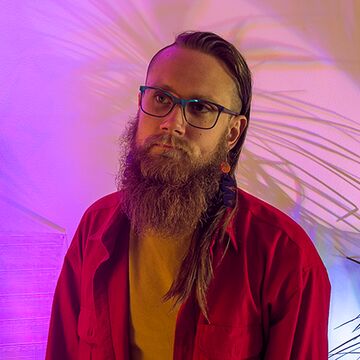|
Description
This studio course focuses on themes, practices, contexts, and questions undertaken by contemporary artists and designers. Research Studio I is a course that asks students to begin to develop and connect their own work and ideas with a diverse range of artists, designers, and communities. This course engages with cultural institutions including: museums, galleries, libraries and archives as resources of critical engagement. Students will undertake various types of research activities: a) collecting and classification, b) mapping and diagramming, c) systems of measurement, d) social interaction, e) information search systems, f) recording and representation, and g) drawing and other notational systems. Assignments in this course are faculty directed, open-media, interdisciplinary and idea based. The projects are designed to help students recognize their work habits, biases, strengths, and weaknesses. Students will experience a wide range of research methods and making strategies. Critique as an evaluative process used in art and design schools, is a focus in this course. Various methods and models of critique are used in order to give students the tools to discuss their own work and the work of others.
|
Class Number
1351
Credits
3
|
|
Description
In this course, we’ll look to musical practices as a source of artistic inspiration — how opening our ears might also open our minds. The class will gather around the concept of “music,” but the work we make will emerge in any and all mediums. (In other words — no musical experience required!) Our task to is to see the ways that musical experiences of time, emotion, and meaning might offer us alternative perspectives on the techniques of the art school — making images, writing words, designing social spaces, making performances, and much more. We’ll look at artwork that takes inspiration from music and study the long history of cross-medium dialogue — from Renaissance music and painting, to the Black Arts Movement, to contemporary multi-hyphenates like (gulp) Kanye West. In class, we’ll listen to all kinds of music from around the world — from free jazz to galeman, reggaeton to hyperpop, classical to heavy metal — and consider how they suggest visual and conceptual forms. Sample listening: Roscoe Mitchell, Laurie Anderson, Debussy, Julius Eastman, Perfume Genius, The Paradise Bangkok Molam International Band, Arca, Vicente Lusitano, DJ Rashad, ROSALIA. Readings include: Pauline Oliveros, John Cage, Richard Schechner, Fred Moten, Christopher Small, Nicholas Payton, R. Murray Schafer. Course work will include weekly listening (both in class and on our own) as well as three large assignments with corresponding critiques. We’ll focus on slowly building a body work emerging from our personal practice, particular interests, and the music we find swirling around our lives.
|
Class Number
1675
Credits
3
|

